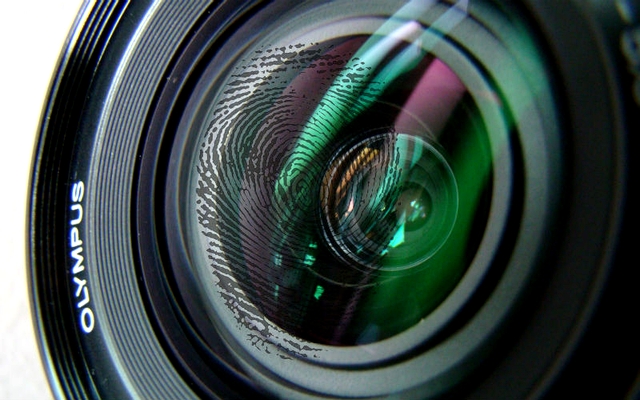Entries tagged as picture
innovation&society 3d printing ad advertisements ai algorythm amazon android API apple arduino art artificial intelligence automation big data book browser cloud cloud computing code computer history privacy data visualisation DNA facial recognition genome google hack hardware health mobile monitoring network programming search security app c c++ car cobol coding databse dna drone software 3d app store ar army augmented reality botnet
Tuesday, May 13. 2014
How the police can trace photos back to your camera
Quicksearch
Popular Entries
- The great Ars Android interface shootout (129277)
- MeCam $49 flying camera concept follows you around, streams video to your phone (97971)
- Norton cyber crime study offers striking revenue loss statistics (94465)
- The PC inside your phone: A guide to the system-on-a-chip (55660)
- Norton cyber crime study offers striking revenue loss statistics (50694)
Categories
Show tagged entries
Calendar
|
|
July '24 | |||||
| Mon | Tue | Wed | Thu | Fri | Sat | Sun |
| 1 | 2 | 3 | 4 | 5 | 6 | 7 |
| 8 | 9 | 10 | 11 | 12 | 13 | 14 |
| 15 | 16 | 17 | 18 | 19 | 20 | 21 |
| 22 | 23 | 24 | 25 | 26 | 27 | 28 |
| 29 | 30 | 31 | ||||

